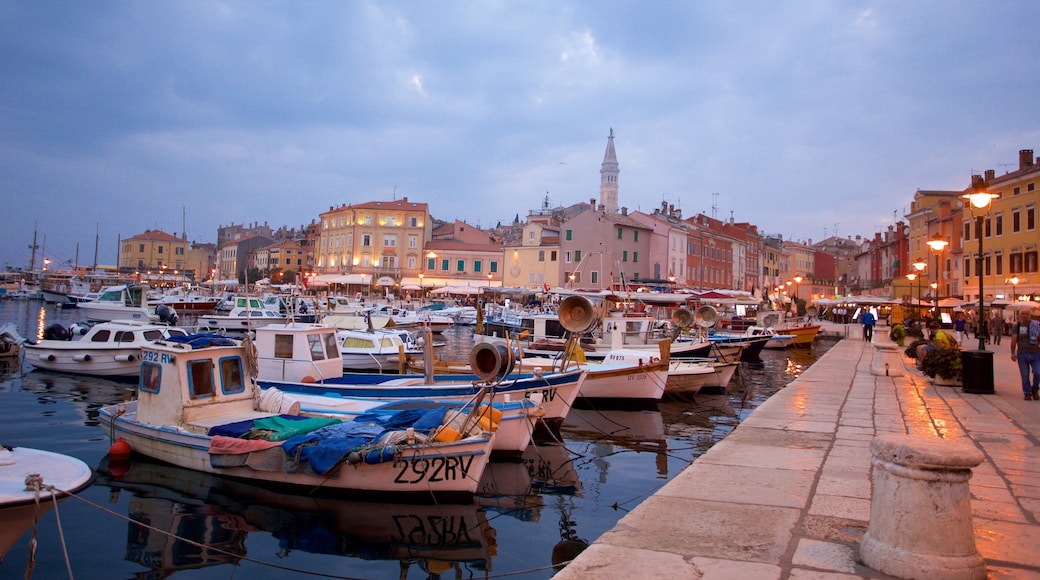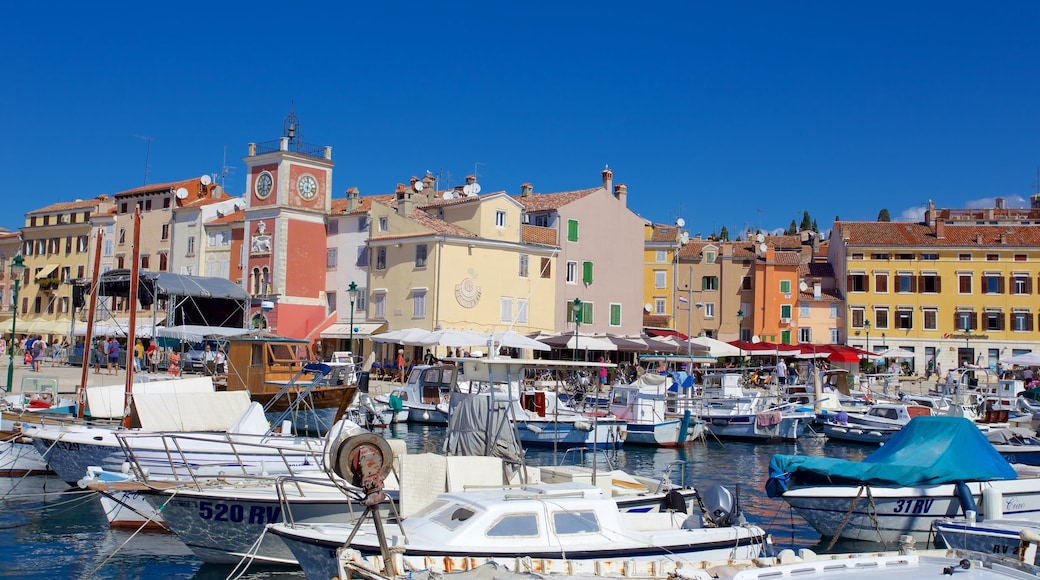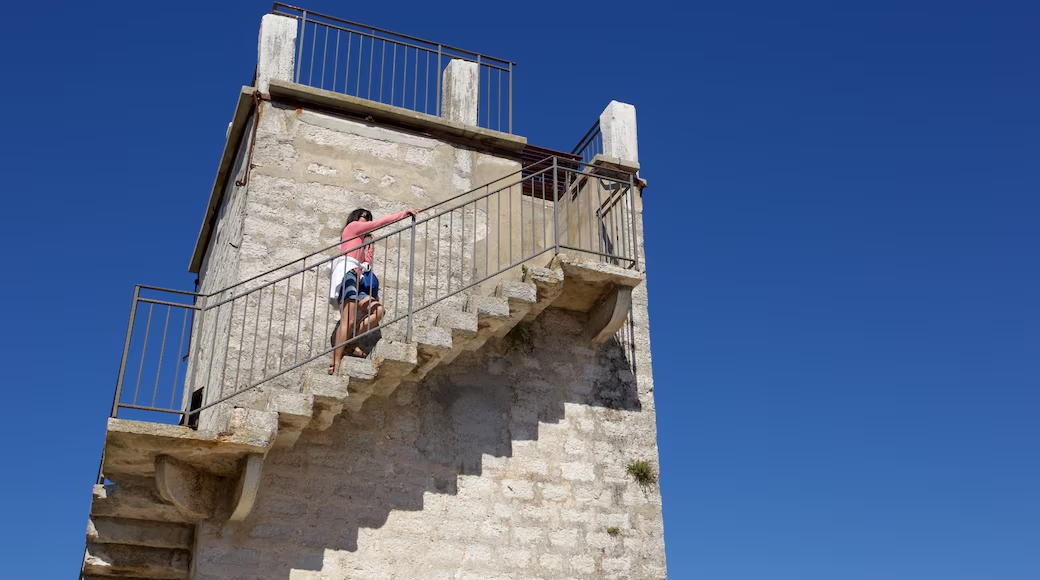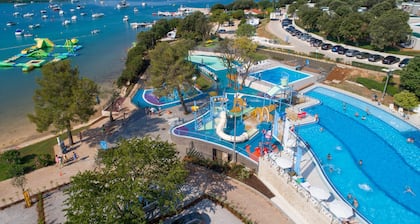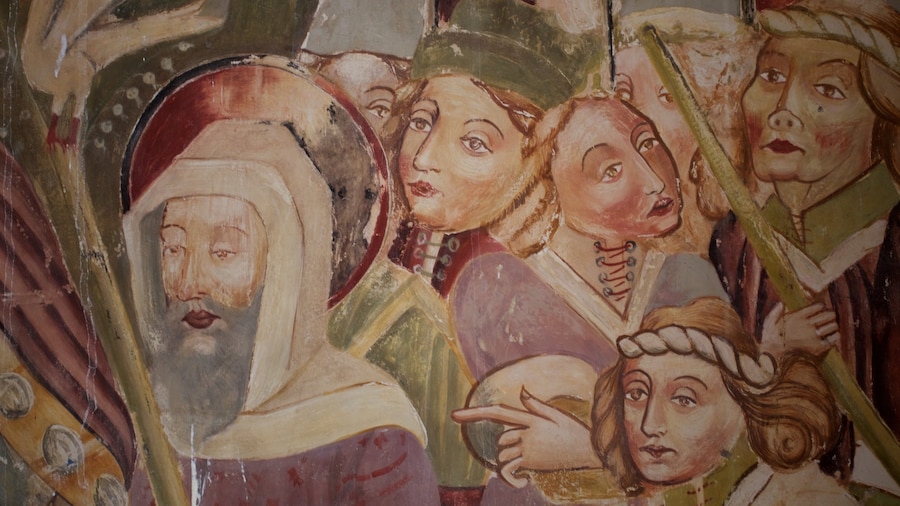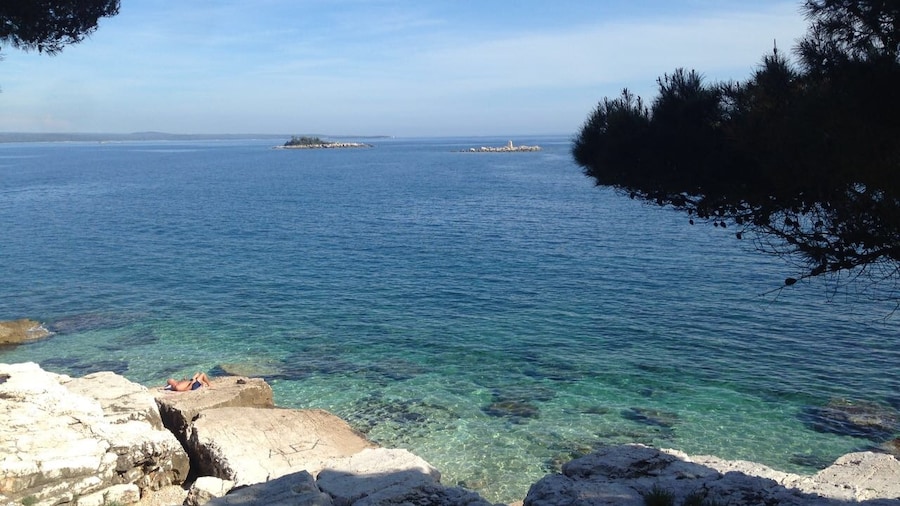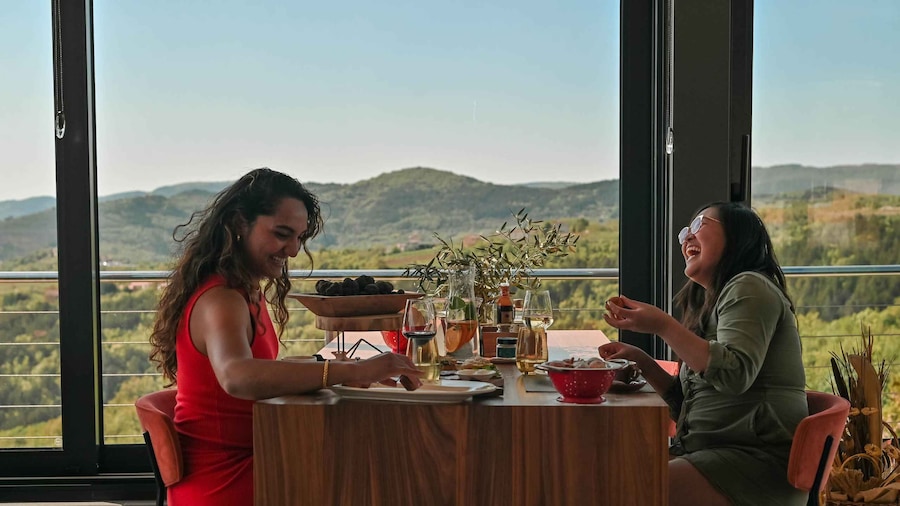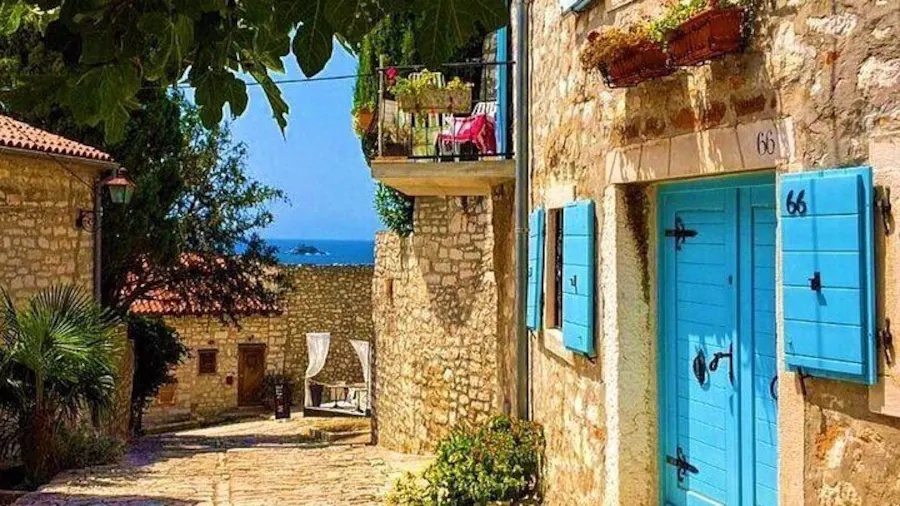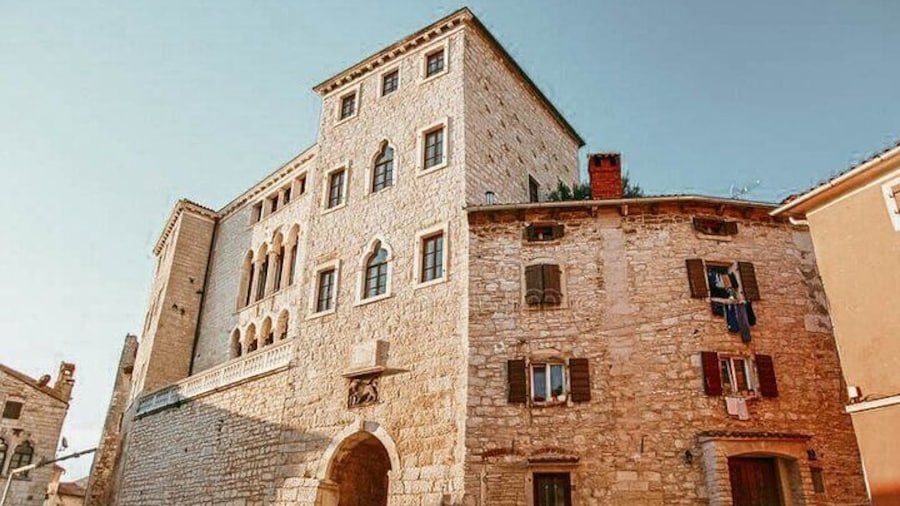Rovinj is one of Istria’s premier resort towns. Visitors are drawn here for its charming character. Wander through the pleasantly cramped historical center, which sits on a small oval-shaped peninsula. Check out local markets and the historic church and take boat excursions to the islands of the Rovinj archipelago.
Although now connected to the mainland, medieval Rovinj was originally an island, which helps explain why the buildings are so tightly packed. For more than five centuries, this region was under the control of the Republic of Venice and it was part of Italy from 1918 to 1947. Listen carefully to hear snippets of Italian being spoken. Many residents are bilingual and communicate using both Croatian and Italian.
Rovinj’s old town has plenty to entertain. Weave your way around the twisting maze of car-free streets and Venetian-style houses. Notice the Balbi Arch, once the main gate to the old walled city.
The cobbled street of Grisia is lined by numerous galleries. Local artists frequently display their works in the open here. Follow narrow Grisia to the impressive hilltop St. Euphemia’s Church, a well-known town symbol. Scale the creaky staircase of its bell tower for views over the Adriatic Sea and the peninsula.
For a taste of nature, venture to Punta Corrente Forest Park. Enjoy many well-kept biking and walking trails, as well as pebbled coves for swimming. The islands of the Rovinj archipelago are also popular daytrip destinations. Ride a boat to Crveni Otok or Sveta Katarina to find quiet swimming spots, forested parks and family-friendly beaches.
Find good food in Rovinj, frequently with an Italian influence. Shop for truffles, oils and tapenades at the food market near the harbor or enjoy Italian-style pasta dishes at some of the town’s many restaurants.
Rovinj is a small, walkable town. It is located just 25 miles (40 kilometers) from Pula airport and is also served by direct bus routes from most major Croatian cities. If traveling from Italy, take a boat from Venice to Rovinj.
